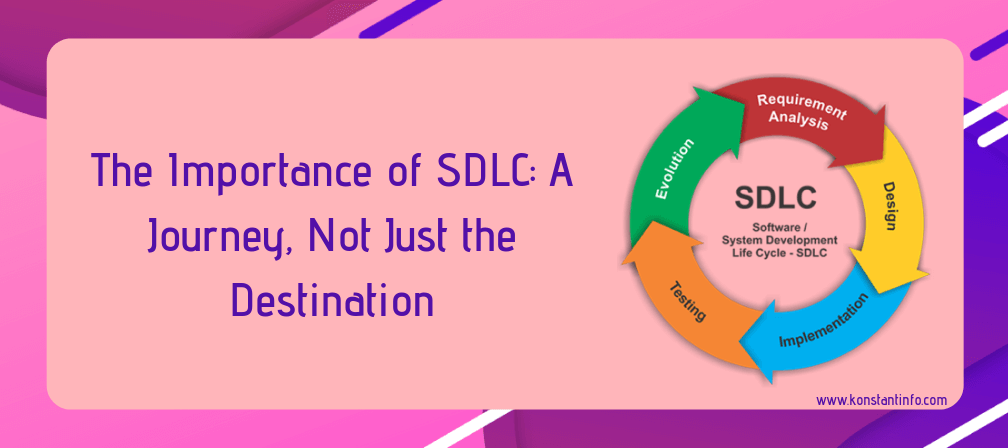
CONTENT TABLE
As all great endeavors start with a question. Every business, at some point, faces the same question, regardless of the industry niches they target or position that they occupy. How to get better at what we do? This remains a persistent need for the business of every size, regardless of a software company or a business down the street that makes canoes. Once they start doing it correctly and they realize need to cut cost, make it speedy and ameliorate it with time.
This is the point there is a need for software process improvement (SPI) and stepping up with the Software Development Life Cycle (SDLC). A business always focusses on delivery but a need to improve internal processes should not be an ancillary concern either.
An SDLC is the series of phases (6 or 7), that takes a business case to completion. It involves the identification of issues followed by implementing solutions with recurring efforts.
Deciding how to do things is as important as actually doing them. SDLC involves fixing broken inefficiencies and reduce overall overheads and costs, reason: it helps a business stand out against competitors who require more time (or cost) for the same level of work or/and quality.
Overall, it is about improving the processes, recognizing the need for change, getting sponsorship from senior management and setting-up and forming a process group.
SDLC Methodologies are used to create software according to project requirements. These are essentially used to structure and plan the requirements of the system in software development.
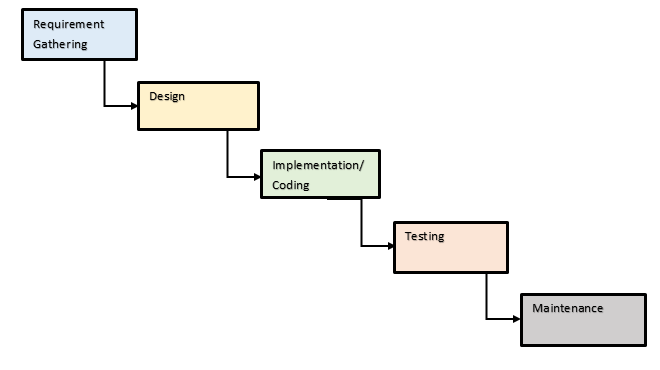
The waterfall software development model is the most primitive approach for software development. It starts with specifying and analyzing requirements, designing the application, implementing the code followed by unit testing on developers’ end, integration and system testing and finally maintenance and operation phase.
Users cannot go back to the previous phase once it has been traversed. In such a case, if a problem occurs in any of the previous phases, there is no chance to correct it. As a result of this drawback, this model is no longer used. But still, this model forms the basis for all other software development life cycle models.
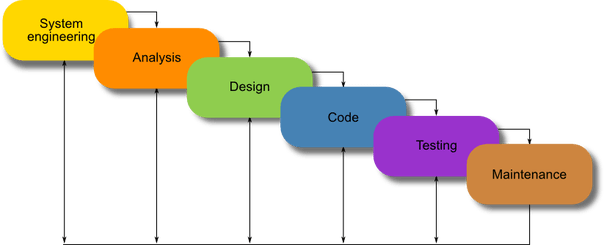
The other models that are based upon the waterfall model SDLC approach are:
It is very important to select the right model for developing your application. Development and testing processes are carried out based upon the choice of development methodology. Organizations select one methodology to develop their applications as per their needs. One of the most prevalent life cycle models is ‘Agile Methodology’. The output of every phase is deliverable in itself and can be used and tested at the user’s end. In case of any complications or issues, they are resolved without moving on further to the next stages of the software development lifecycle.
V-Model essentially verifies and validates the codes and both development and testing teams work in close coordination to avoid any errors in the final deliverable product.
Other life cycle development models like incremental, spiral, rapid application development and iterative, etc. and can further be used according to user’s requirements.
There are various SDLC Models that can be used by a system developed in the development of information system software. The selection should be based on various factors such as time allowed, budget, accuracy level required, etc. Let’s understand a few important SDLC Models:
SDLC Agile Model is somehow similar to the prototyping method but it reduces the time required to present basic structures of the software with the help of sprints or iterations. The advantages of this method are that the product is not finalized until all the user requirements are fulfilled. The disadvantage of this method is that compliance like documentation and testing is not properly done in this methodology.
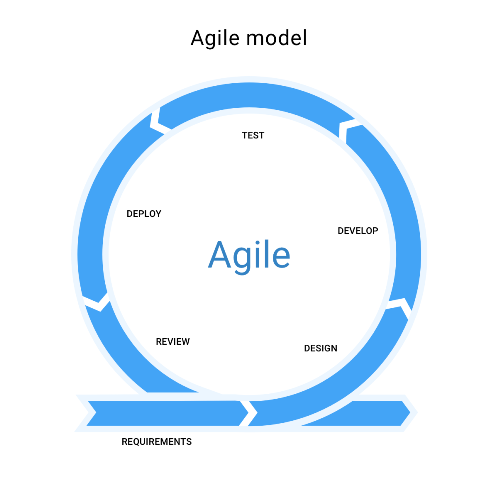
The rapid application development method is a system development methodology in which application is developed in the form of a prototype and delivered to the user of such an application for approval. This is different from other methods as it does not give any importance to plan processes while the development of the system.
It is also called a waterfall method of the system development in which steps to be taken in a system development life cycle and their order of performance is predefined. The system is developed with the help of a fixed process and it can create rigidity in the process. It should be used in a project where the needs and requirements of the users are clearly stated.
This is a system development method in which needs and requirements of the user are not locked and the user can make changes in the system developed by the developer. In this method, a prototype of the original system is prepared, tested and sent for the use of the user’s organization. The full model of the system is prepared when final approval is received from the user.
This spiral methodology can be described as the combination of the waterfall model and the prototyping model. This combination tries to reduce the risk and meet all the requirements of the user through proper planning.
The first phase, ‘Planning’ includes allocation of resources (both human and materials), capacity planning, project scheduling, cost estimation, provisioning, identification of the system for development, assessment of feasibility, creation of project plan, gathering business requirement, creating process diagrams and performing a detailed analysis.
As the data is collected and project goals are defined, they are essentially converted into defined system functions that the organization intends to develop.
The output of the first phase of SDLC is project plans, schedules, cost estimations, Software requirement specification (SRS), Software design specification (SDS) and procurement requirements. It involves the coordination of project managers and development staff with operations and security teams to ensure that all points are covered and all perspectives are represented.
Designing of software begins once all the requirements are understood. Proven design patterns and application architecture frameworks can be used to compose an application from existing components, thus promoting reuse and standardization. Screen layouts, prototypes, pseudo-codes, and other necessary design documents are used for designing IT infrastructure and system models.
All the designs (created in the previous phase) are converted into functional software. The output of this phase is the development of IT infrastructure and the development of database and code. As the software is developed as quickly as possible, it also involves business stakeholders and suggestions from various teams to ensure that everyone’s expectations are met. The output of this phase is the software that goes to the testing phase before the final deployment.
The software developed in the development or coding phase is put to test. It goes through various test cases, following the test plan instructions, to verify that the system functions as desired. Testing works as a panacea in mitigating potential and expected risks to the business and delivery of enterprise’ products and services. This phase contains quantifiable results about the level of uncertainty about a software product under test (application). This is beneficial only if it provides meaningful information to the business about the risks and impacts of effective decision making. When actual results meet the expected results, the final product can be deployed. Test teams are always under pressure to reduce development time without compromising on the quality. As we follow the TCoE (Test Center of Excellence), it helps us set the framework and standard in line with the business and technology teams and simultaneously helps determine the testing needs that are customized to the current situation or application under test (AUT). This helps management to understand the risks and make changes to certain delivery processes for that AUT.
Once the project is tested (which also involves User Acceptance Testing (UAT)), it is deployed at the client’s end.
It is the final phase of the software life cycle. Here software becomes eligible for periodic software updates according to the company’s policies. This phase also includes support of system users, system maintenance and system changes and adjustment.
It is important to give structure to the phases involved in software development efforts and SDLC serves that purpose. The SDLC does not conclude until all the phases have been successfully fulfilled. All the potential needs have to be adjusted within the system. The most visible advantage of the SDLC life cycle is that it provides control of the development process to some extent and ensures that the software system complies with all the estimated requirements. The software development life cycle (SDLC) does not work well where there is uncertainty to some extent. There are no chances of adding creative inputs and the entire process follows from the planning phase. For all these reasons and more, organizations these days are inclined towards adopting the Agile Software Development Approach as it is incremental rather than being sequential.
So you’ve got the roadmap, as we’ve covered about process improvement and its importance for any organization. Evaluation of potential threats and risks is an important part of system development as it results in the successful development of the desired system. This illustration is going to lead the way to answer the question with which we began. This path is going to make the journey towards the destination: better. Discuss your development queries with us!
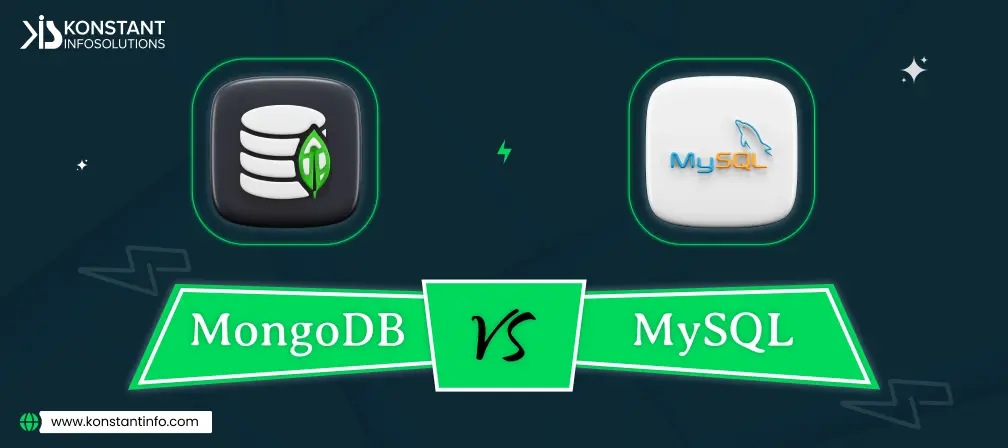

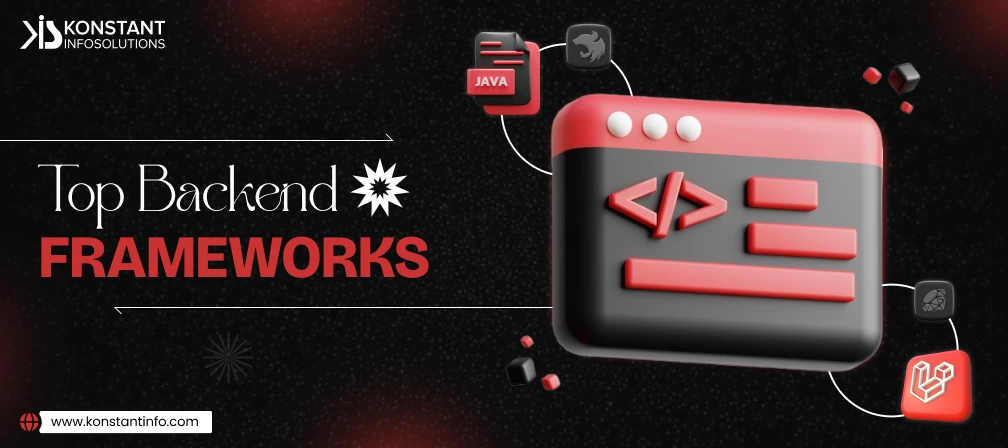
Neeti Kotia is a technology journalist who seeks to analyze the advancements and developments in technology that affect our everyday lives. Her articles primarily focus upon the business, social, cultural, and entertainment side of the technology sector.
Or send us an email at: [email protected]